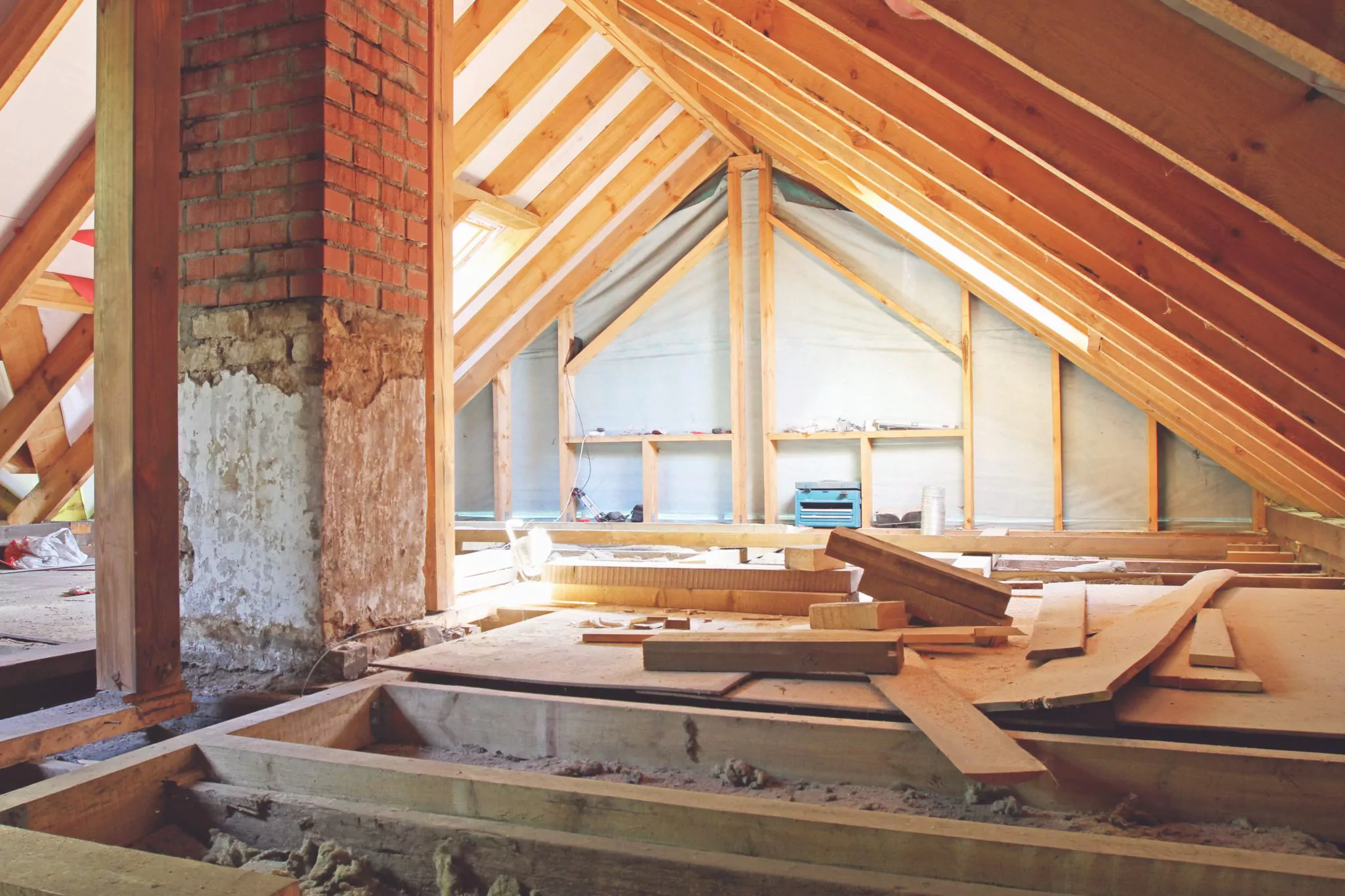How Much to Blow Insulation in Attic for Optimal Efficiency?
Share
Have you ever wondered how much to blow insulation in attic? Many homeowners find themselves in the midst of insulation projects without understanding the real costs and logistics involved. Proper attic insulation is crucial for maintaining a comfortable home and reducing energy bills.
Before we dive deeper, lets establish why insulation is necessary. The attic often serves as the primary area for heat loss during winter and heat gain during summer. Therefore, having the right amount of insulation can significantly improve your homes energy efficiency, resulting in lower utility bills and enhanced comfort.

Understanding Insulation Types and Their Costs
There are various types of insulation available, including blown-in insulation, batt insulation, and spray foam insulation. In this segment, we will focus on blown-in insulation, which is commonly used for attics.
The average cost to blow insulation in an attic typically ranges from $1 to $2 per square foot. However, this cost can vary based on several factors:
- Type of material used
- Size of the attic
- Local labor rates
- Accessibility of the attic space
In general, blown-in insulation uses either cellulose or fiberglass materials. Cellulose is made from recycled paper products and is often considered eco-friendly, while fiberglass is made from glass fibers and is more common due to its availability and cost-effectiveness.
Calculating How Much Insulation You Need
Knowing how much to blow insulation in attic is essential for both cost and efficiency. The recommended R-value for attic insulation varies depending on your location and climate. R-values measure thermal resistance, indicating how well the insulation works to resist heat flow. For most areas, the recommended R-value may range from 30 to 60.
To determine how much insulation you need, its essential to measure your attic's square footage and understand the required depth of insulation. For example, if your attic measures 1,000 square feet and youre aiming for an R-value of 38, you may require around 10 to 14 inches of blown insulation.
Professional Installation vs. DIY
When considering how much to blow insulation in attic, one critical decision homeowners face is whether to hire professionals or take a DIY approach. Hiring professionals may initially seem more expensive, but can save time and effort. Moreover, expert installation usually comes with a warranty, providing extra peace of mind.
DIY insulation blowing can be challenging, but not impossible. If you choose to go the DIY route, consider the following:
- Safety Gear: Protective masks, goggles, and gloves are essential.
- Equipment: You may need a blowing machine that can be rented from local home improvement stores.
- Insulation Material: Research the types, such as cellulose and fiberglass, to choose what best suits your needs.
Whichever route you choose, ensure that the insulation is evenly distributed without gaps for maximum effectiveness.
Long-term Benefits of Blown Insulation
Investing in blown insulation provides numerous long-term benefits. It not only helps to cut down on heating and cooling costs, but also contributes to a more comfortable living environment. Furthermore, many homeowners see an increase in their property's value and marketability.
Common Mistakes to Avoid
As you embark on your insulation journey, being aware of common pitfalls can save you both time and money. Here are some mistakes to avoid:
- Not checking for air leaks before installation
- Using insufficient insulation material
- Neglecting to account for venting and air circulation needs in the attic
For insights on air circulation, you can read about attic fans which help maintain optimal air flow.
Frequently Asked Questions (FAQ)
1. How thick should blown insulation be in my attic?
The thickness of blown insulation typically ranges from 10 to 14 inches, depending on the type of insulation and the desired R-value.
2. Can I add blown insulation over old insulation?
Yes, you can add blown insulation over existing insulation, as long as its in good condition and there are no gaps.
3. How do I know if my attic needs more insulation?
If you notice drafts, high energy bills, or inconsistency in temperature between floors, it may be time to consider additional insulation.
:max_bytes(150000):strip_icc()/attic-home-office-matching-desks-78Uy4BvLKyXAh-MR_abse6-0521-760a47c6d27e458f85ee38c79c4d8bd0-5559123e63c34d6caab45f4772d0055e.jpeg)
Conclusion
Understanding how much to blow insulation in attic is essential for building a comfortable, efficient home. Whether you choose a professional installation or a DIY approach, being well-informed about insulation types, costs, and installation methods can lead you to make the best decision for your living space.
If you want to learn more about attic maintenance and pest control, visit this pest control guide. You will find comprehensive information that can help you keep your attic in perfect condition.
